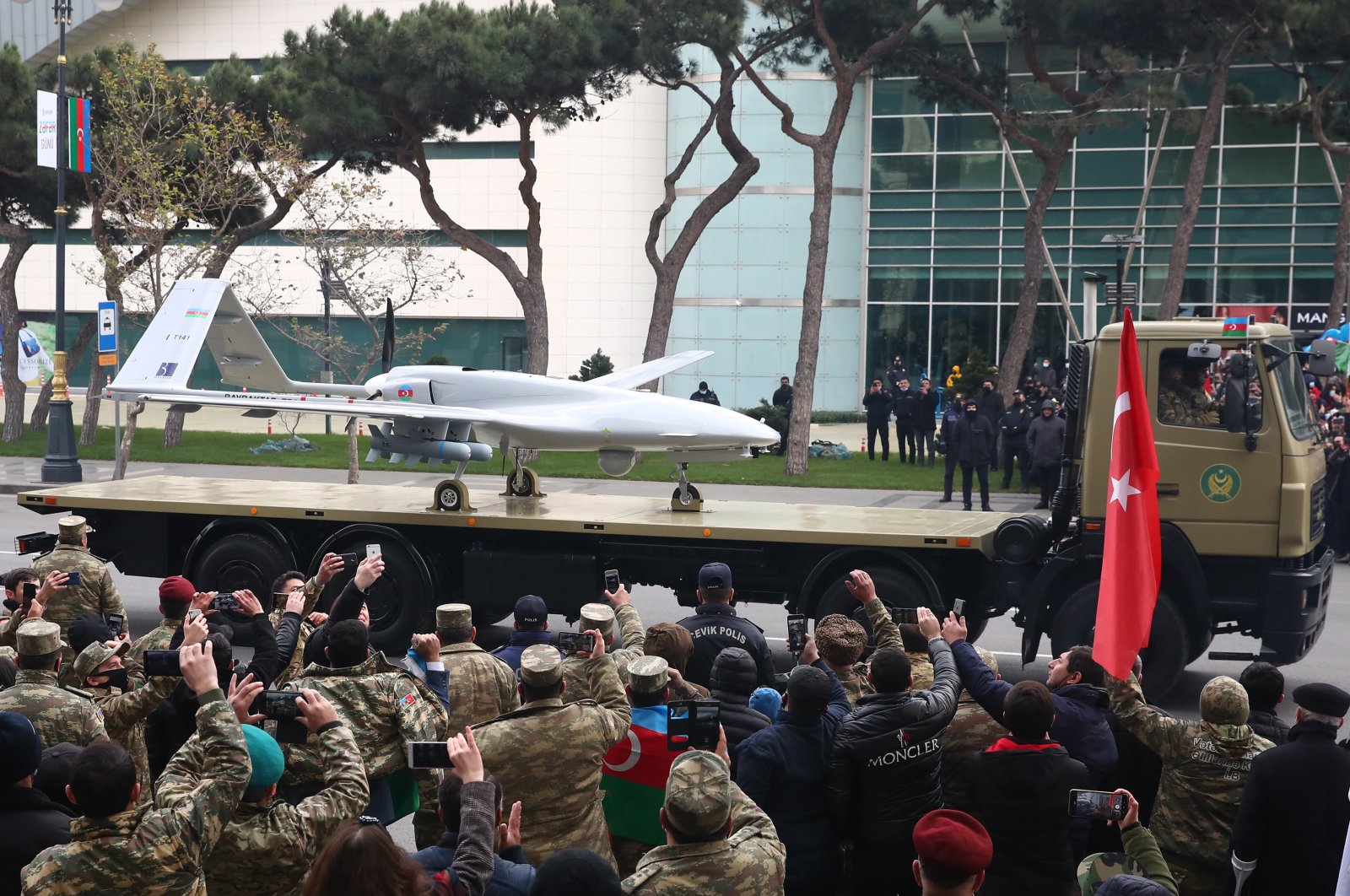CON COUGHLIN| 17 February 2021
DEFENCE EDITOR
The Army's size matters less than its lethal fighting impact
In modern war-fighting, technology is obviating the need for large numbers of boots on the ground
It is little more than six years since the British military ended combat operations in Afghanistan yet, thanks to the rapidly changing nature of warfare, many of the tactics used against the Taliban are already in danger of being rendered obsolete.
In a campaign that relied heavily on the deployment of large numbers of “boots on the ground”, most of the fighting was done by brave infantrymen conducting regular foot patrols to keep the enemy at bay, thereby placing their lives at risk from roadside bombs, which accounted for the majority of deaths and serious injuries.
The counter-insurgency tactics used in Afghanistan, and to a lesser extent in Iraq, would, moreover, be entirely familiar to veterans of Britain’s previous involvement in tackling insurgencies in places such as Malaya and Kenya.
And while there may well be future instances when the military needs to employ similar methods against irregular forces using primitive equipment, more recent conflicts – from Libya and Ukraine to Nagorno-Karabakh – have revealed important developments in war-fighting, where smaller units rely on modern technology to achieve rapid success on the battlefield.
The success Azerbaijani forces enjoyed in capturing territory in the disputed Caucasus territory of Nagorno-Karabakh is a good example. Rather than sending infantry units to tackle well-fortified Armenian positions, the Azerbaijanis achieved their objectives by employing Turkish TB2 drones, which destroyed hundreds of armoured vehicles and air defence systems.
Defence Secretary Ben Wallace – himself a former Army officer – was so impressed by Azerbaijan’s performance that he wants the Ministry of Defence to develop its own armed drone programme for the British military.
Drones have also been used to good effect by Turkish forces supporting Libya’s Government of National Accord in the country’s bitter civil war. But arguably the most impressive example of modern technology working hand-in-hand with traditional military firepower emerged during Russia’s assault on eastern Ukraine, when intelligence acquired from the internet and drones was integrated with Russian missile systems to achieve a decisive defeat of Ukrainian forces.
These are just some recent examples of how, thanks to new technological advances, the landscape of the modern-day battlefield is being transformed beyond the recognition of British soldiers who only a few years ago were locked in mortal combat with the Taliban.
And it helps to explain why, in the Government’s Integrated Review into Britain’s future war-fighting needs, which is due to be published next month, General Sir Nick Carter, the Armed Forces’ chief, is so insistent that modernisation and transformation should be its watchwords.
For Sir Nick, it is all about getting “the right balance between modernising and mobilising,” as he told me in
his recent interview with The Telegraph. “Getting people to think about space and cyber, and integrating them, will be the key to the future.”
In this context, the perennial arguments about the size of the Services seem to me wide of the mark. For it is not so much a question of how many soldiers, sailors and airmen the country can deploy at any given point, as the lethal impact they can deliver in combat by combining digital technology with more conventional firepower on a multi-dimensional battlefield.
In future, for example, military commanders are far more likely to use drones and information gleaned from the internet to identify potential enemy targets than send soldiers on a dangerous reconnaissance mission.
So if military operations are to be driven by data that is then used to direct unmanned equipment and robots, it follows that there is less need to maintain the same force levels that have previously sustained the Armed Forces.
“I’d wager an infantry battalion in ten years’ time will guard its data scientists as well as it guarded its Afghan interpreters in that campaign,” said Sir Nick.
The same paradigm applies to the Royal Navy, which will soon be using
unmanned minesweepers and landing craft, and the Royal Air Force, which is investing in a new generation of unmanned fighter jets to act as “loyal wingmen” to manned warplanes.
And, if the need were ever to arise to deploy a large ground force similar in size to Britain’s recent division-strength deployment to Afghanistan, then better use needs to be made of the 30,000-strong reservists, a concept that is being developed as part of Reserve Force 30.
Another important element in the reconfiguration of Britain’s Armed Forces – and one that Sir Nick is keen to emphasise – is the necessity for Britain to work more closely with its allies, a policy that will help to promote Boris Johnson’s vision of
“Global Britain” while sharing the burden of helping to maintain global peace.
For, as nations struggle to adapt to the requirements of modern war-fighting, it will not be so much the size of their military that counts, as what they can do with it.
In modern war-fighting, technology is obviating the need for large numbers of boots on the ground

www.telegraph.co.uk











